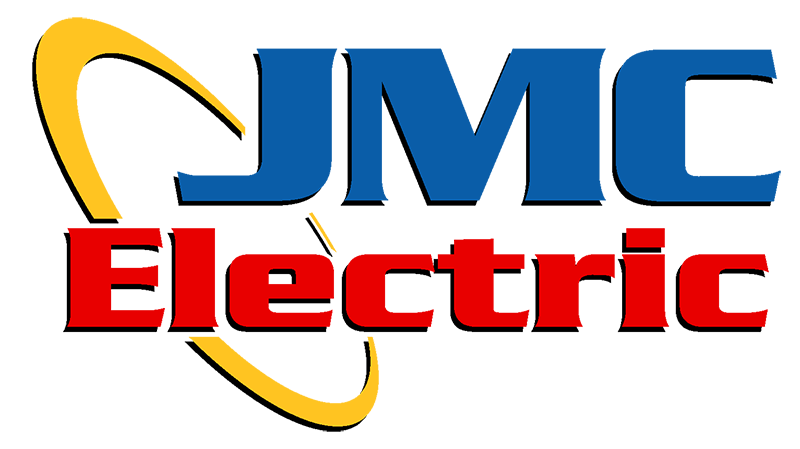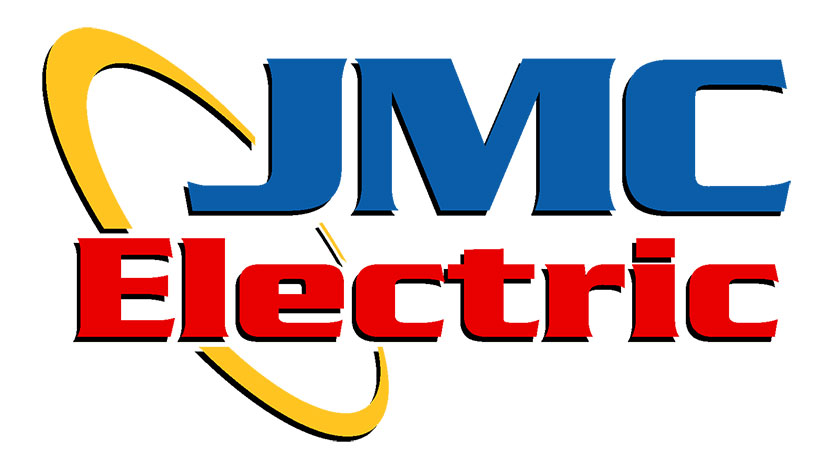When Lightning Strikes Your Home
As residential electricians in Kansas City, we felt it’s important to tell you, that lighting does strike homes in this area. How bad is it when that happens? What needs to be done once it does happen?
Below is a great article, and link to that article from a storm chaser, that we felt provided some sound answers to a lot of these questions, as well as providing some protection ideas.
In business since 2002, JMC Electric offers home, residential and business electrician services in Kansas City and surrounding communities. If your house has been struck by lightning, or you want to discuss protection options against lightning strikes, give us a call.
Contact JMC Electric at 913-362-2100 or (816) 298-0100 for a free estimate on all your local residential electrician interior and exterior lighting solutions.
http://stormhighway.com/what_happens_when_lightning_strikes_a_house.php
If you know your house has just been hit directly by lightning, call the fire department. It is common for lightning to start fires in the attic and within walls of homes. These fires inside enclosed spaces may not be visible in their beginning stages.
A cloud-to-ground lightning bolt’s main objective is to find the path of least resistance from the cloud to deep into the ground. Most houses are filled with many potential routes for lightning to follow in its journey. This can include gas and water pipes, electric lines, phone lines, cable TV/internet lines, gutters, downspouts, metal window frames – anything conductive in a house is ‘fair game’ for the lightning to follow. Lightning doesn’t need conductive objects to reach ground, however – it’s just forged its way through miles of air, so conductive objects in a house are a mere ‘convenience’ that it will use if they are available.
Lightning passing through a house will often ‘branch’ and utilize more than one path to ground at a time. It can also jump through the air from one conductive path to another in what is called a side flash. For example, lightning may first connect to electric lines in the attic of a house, then jump to better-grounded water pipes on the first or second floor. Lightning can connect to gutters, then jump to a window frame as a ‘stepping stone’ to the electrical system or water pipes. All or part of bolts have been seen jumping from wall outlets to sink faucets and even across rooms!
Lightning current will produce significant damage to a house that is not equipped with a good protection system. Professionally-installed lightning protection systems are expensive and the risk of a direct strike is low, so most homes do not have them.
Lightning presents three main hazards to a house that is hit directly:
- Fire danger: The biggest danger lightning poses to a house is fire. Wood and other flammable building materials can easily be ignited anywhere an exposed lightning channel comes in contact with (or passes through) them. It is most common for lightning to start a fire in the attic or roof of a house, as the channel usually has to pass through some of the structural material in the roof before it can reach a more conductive path such as wiring or pipes. When lightning current travels through wires, it will commonly burn them up – presenting a fire ingition hazard anywhere along the affected circuits.
- Power surge damage: If lightning chooses any of the home’s electrical wiring as its primary or secondary path, the explosive surge can damage even non-electronic appliances that are connected. Even if most of the lightning current takes other paths to ground, the home’s electrical system will experience enough of a surge to cause potentially significant damage to anything connected to it, electronics in particular.
- Shock wave damage: Another major source of damage from lightning is produced from the explosive shock wave. The shock waves that lightning create is what produces the thunder that we hear, and at close range, these waves can be destructive. Lightning can easily fracture concrete, brick, cinderblock and stone. Brick and stone chimneys are commonly damaged severely by lightning. Lightning’s shock waves can blow out plaster walls, shatter glass, create trenches in soil and crack foundations. Shrapnel is a common secondary damage effect, with objects sometimes found embedded in walls!
What about a structure that has no wiring or pipes? It is rare for a house to be devoid of electrically conductive paths to ground, but they do exist – such as camping/fishing cabins. In that case, all bets are off on how the lightning will choose to reach the ground. Again, the lightning has just jumped across miles of non-conductive air, so the lack of wires or pipes won’t stop it from passing through a completely non-conductive structure. Such a structure does not provide a person with good lightning protection – so if you are caught in one during a storm, consider moving into a hard-topped automobile which provides a much better degree of safety.
What can you do to stay safe from lightning while inside of your house?
Direct skin contact with earth ground should also be avoided, as lightning current can travel through soil and across wet/damp concrete. Wear shoes if walking in a basement, garage or patio.
What to do if lightning strikes your house
You should also strongly consider contacting an electrician to have your home’s electrical system inspected for any damage that might present a future fire hazard.

















